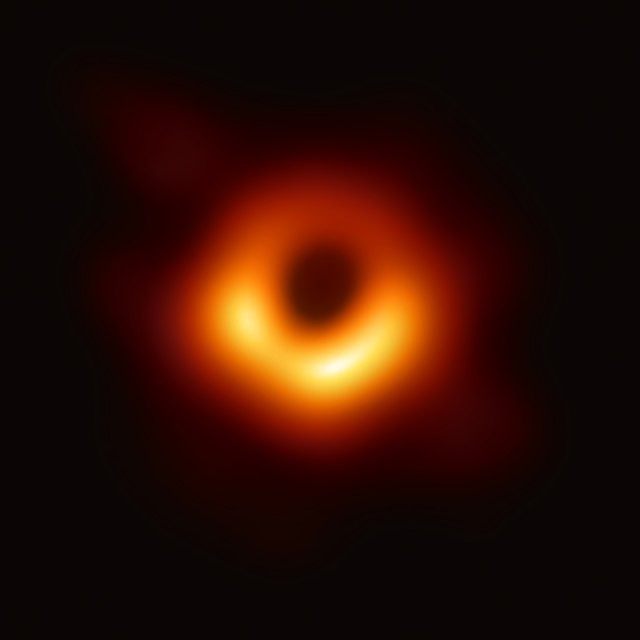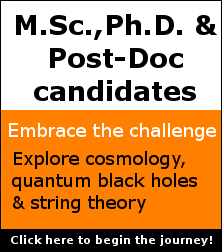Welcome to the homepage of Ramy Brustein
I am a Professor of Physics at Ben-Gurion University in Beer-Sheva, Israel. My main research interests are in the area of fundamental physics and include quantum gravity , cosmology and string theory.
Recent News
Research Interests
Black holes & other Space-times with causal boundaries
Interpreting the thermodynamic properties of black holes and other space-times with horizons and uncovering their underlying quantum statistical mechanics remains a challenge in spite of the intense efforts over the last 40 years. What does the black hole entropy measure, the degeneracy of microstates, entanglement entropy between the inside and outside of the horizon, or some intrinsic gravitational entropy? Is the quantum mechanics of space-times with causal boundaries unitary? If so, why do some of them look thermal and non-unitary in some approximation?
We have recently proposed that the extreme approximation of treating spacetime as strictly classical geometric object is at the origin of many of these issues and one should take into account the quantum properties of spacetime itself to resolve them. We proposed that blackholes actually consist of a collection of superstrings in the highest temperature possible – the Hagedorn temperature, We argued that as a consequence, gravitational waves detectors should see specific signatures of the quantum nature of black holes and so will be able to probe some of the quantum aspects of black holes, specifically their excitation spectrum.

Cosmology
The ongoing quest to detect gravitational waves in the cosmic microwave background is advancing. Our research in cosmology aims to understand what would be the possible implications if such a discovery is confirmed. In models of cosmic inflation, a detectable amplitude of gravitational waves indicates that the scale of inflation was high, close to the highest possible scale in nature.
Our research focuses on the quantum aspects of high-scale inflationary models. One idea that we are investigating is that the state of superstrings in the highest temperature possible – the Hagedorn temperature, makes very similar predictions to models of high-scale semiclassical inflation. Another idea is that small-field models of inflation are the only viable and consistent class describing high-scale inflation because the large-field models have some inherent inconsistencies at these high scales as suggested by the swampland program. We expect interesting implications for the theory of inflation, for inflationary model-building and perhaps even some observable consequences.
Latest Publications
Sep 2021 – Frozen Star : A regular black hole mimicker
Jan 2021 – paper on the Hagedorn phase of fundamental strings
Aug 2020 – paper on Quantum Love
May 2020 – paper on correspondence of strings at the Hagedorn phase and de Sitter space

